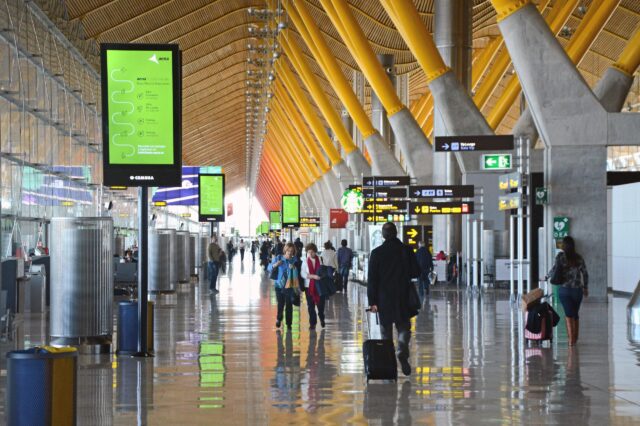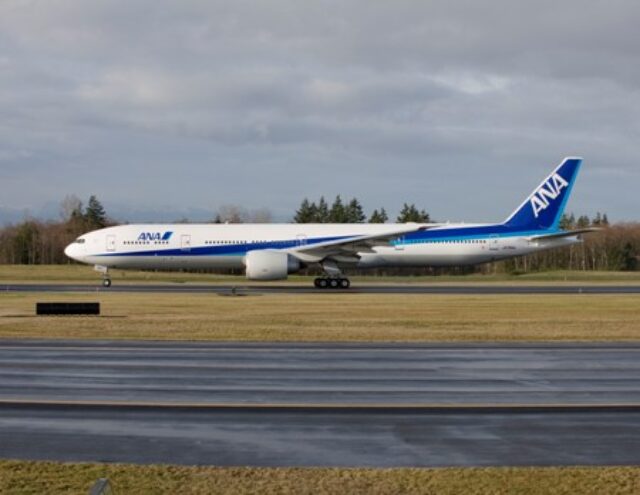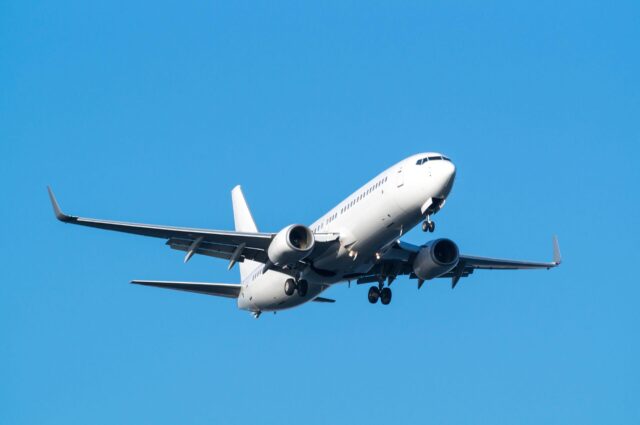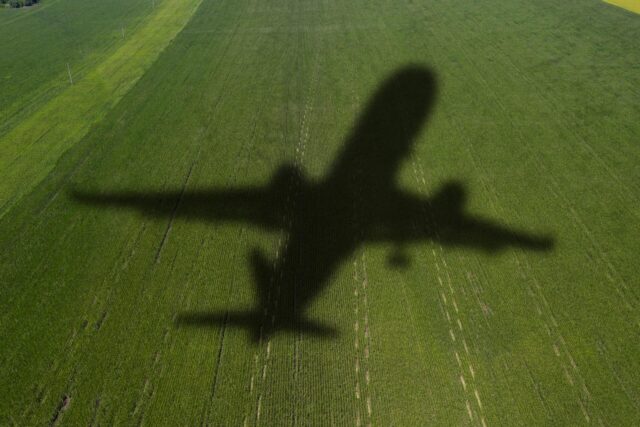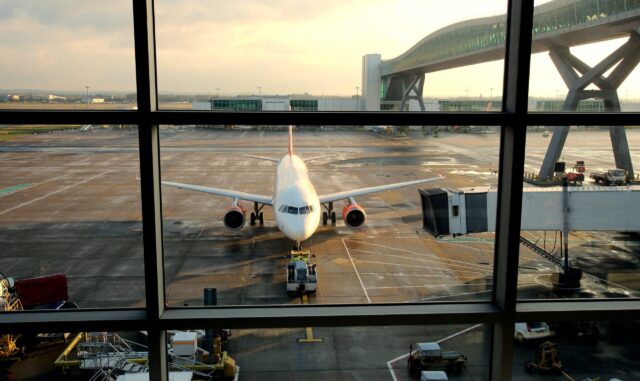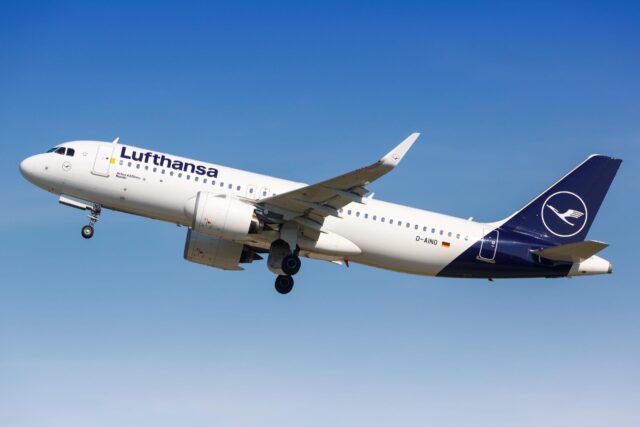Aviation with vision: How Bahrain is building the Gulf’s next aerospace powerhouse

July 8, 2025

Bahrain is quietly positioning itself as one of the Gulf’s most forward-looking aviation players. Backed by a modern airport, a revitalised national airline, and a growing international airshow, the Kingdom’s aviation sector is expanding with purpose.
“Our focus is to cement Bahrain as a specialised, regional hub for aviation and cargo operations,” Dr. Shaikh Abdulla bin Ahmed Al Khalifa, Minister of Transportation and Telecommunications, explains to AGN. “This will require us to align our aviation growth with our tourism, trade, and logistics sectors to maximise economic synergies under our Vision 2030.”

Bahrain’s Vision 2030 is a national economic blueprint launched in 2008 that aims to diversify the economy away from oil, boost private sector growth, and create high-quality jobs.
Transportation and logistics, and particularly aviation, are key enablers of this transformation. Under this vision, aviation is not seen in isolation, but as an integrated component of broader goals in tourism, trade, and digital infrastructure.
Bahrain Airport: Growth, green credentials, and a Goldilocks experience
Bahrain International Airport, the oldest airport in the Gulf, has been pursuing an aggressive growth strategy since the opening of its $1.1 billion terminal in January 2021. Last year saw progress, with record passenger numbers and more flights than ever.
In 2024, the airport handled 9.4 million passengers, and expects to break 10 million this year. Flights were up by 8%, while cargo handling rose 24% to almost a quarter of a million tonnes.
Also during the year, BIA became the world’s first airport to achieve full IEnvA, meeting strict environmental-management standards aligned with ISO 14001.

It also became one of just 23 airports globally to reach ACI Airport Carbon Accreditation’s Level 4 ‘Transformation’ tier, highlighting its commitment to absolute carbon reductions, not just offsets.
“We don’t want to just expand aviation infrastructure,” the Minister explained. “We are embedding sustainability at every level possible.”
As well as leading the green transition, Bahrain’s airport occupies something of a ‘Goldilocks zone,’ where it’s large enough to offer great service, but small enough for it to feel personal.
Leveraging digital technology, the passenger journey across the new terminal is smoothed from curb to gate with automated smart gates, fast processing at immigration and security, and an intuitive layout on a single level.
“The customer experience was built into the design of the building from day one,” Bahrain Airport Company CEO Mohammed Yousif Albinfalah explained to AGN previously. “It’s easy to navigate and not overwhelming”.
Gulf Air is the ‘backbone’ of Bahrain’s aviation strategy
Speaking to AGN, Albinfalah noted an ambition to increase routes from the airport from the current 70 to 100 in the coming years. Instrumental in delivering that target will be incumbent airline Gulf Air, which is celebrating its 75th anniversary this year.
“Gulf Air is an essential partner to our vision,” the Minister noted. “As the operator of 70–75% of traffic at Bahrain International Airport, Gulf Air is the backbone of airport utilisation and expansion.”
Leading the expansion of Gulf Air is former Star Alliance CEO Jeffrey Goh, who leads not just the airline but the whole Gulf Air Group. This group houses all of Bahrain’s aviation assets, from the airport to MRO companies.

Under Goh, Gulf Air is executing a dual-track strategy, with fleet modernisation on the one side and targeted network expansion on the other. Goh has set a clear target to ensure every route meets at least breakeven by late 2025.
The network has been steadily growing. A new London Gatwick service launched in March to complement the twice daily to Heathrow, while in June, the airline returned to Nairobi for the first time in more than a decade.
Crucially, the airline has received regulatory approval to operate flights to the US. Gulf Air has yet to formally announce any US routes, but when it does, it will be the first time in 30 years it has touched down on American soil.
On the fleet side, Gulf Air is expecting 10 Airbus A320neo family aircraft to be delivered by 2027, along with two more Boeing 787 Dreamliners expected in 2026. In a bid to stimulate growth faster, the airline has also taken a further nine A320neo aircraft on long term lease from BOC Aviation, with deliveries beginning this year.
Securing talent to support Bahrain’s aviation ambitions
Bahrain recognises that a skilled and future-ready workforce is essential to fulfilling its Vision 2030 ambitions. Like many other countries, it is experiencing a skills shortage in its aviation sector, particularly pilots and engineers.

“One of our biggest challenges, but also opportunities, is that the aviation industry requires a skilled, engaged workforce,” said Dr Al Khalifa. “We are actively encouraging the next generation to gain aviation-specific technical skills, and offer more opportunities for young people to get involved in the industry.”
Delivering this effort day-to-day are institutions like Gulf Aviation Academy, which offers ICAO, IATA and EASA compliant pilot training, cabin crew programmes, engineering certifications and airport operations courses.
Bahrain Polytechnic collaborates with the transport sector on logistics, engineering, and business programmes, while the ‘Tamkeen’ initiative provides funding for scholarships in high-demand technical roles including engineering.
Central to the recruitment drive is the bi-annual Bahrain International Airshow, where students and young professionals can uncover their aerospace future.

At the 2026 event, Bahrain will host various career development opportunities designed to inspire the future workforce. This will include STEM workshops, careers hubs where industry leaders connect with students and inspirational talks from high profile experts.
The airshow will also function as a career-launch platform, giving aspiring aerospace professionals access to information on scholarship programmes and training. They’ll be able to connect directly with potential aerospace employers, and explore real-world aviation pathways and opportunities.
Looking to the future for Bahrain International Airshow 2026
Last year, the Bahrain International Airshow (BIAS) was attended by 57,000 trade visitors from 83 countries, and 226 civil and military delegations. This year, it’s set to be even bigger.
The organisers have said there will be a larger airfield display, more flying and an enriched static line up. The indoor exhibition hall has been upgraded, there will be an all-new ground support equipment (GSE) showcase and various discussions on everything from sustainability to AI.

In addition to the aircraft of today, BIAS 2026 will feature an Advanced Air Mobility (AAM)-focussed track within its conference schedule, including dedicated panels to explore impacts of eVTOL, urban air mobility and future flight technologies
“The future of flight is an element we are keen to showcase at the upcoming Bahrain International Airshow, taking place November 2026,” the Minister commented. “We are looking forward to supporting the Advanced Air Mobility sector.”

BIAS 2024 offered a platform for a wealth of emerging technology to be showcased, from counter drone UAVs to innovative airport solutions. Expect this momentum to grow in 2026, with structured Innovation Zones, eVTOL demos, and tech startups.
“We are incredibly excited to see the innovation and technology taking shape within the global aerospace industry,” the Minister concluded.
Find out more about the 2026 Bahrain International Airshow here




